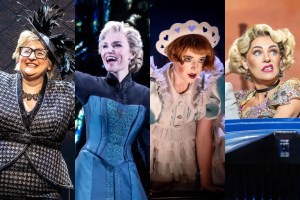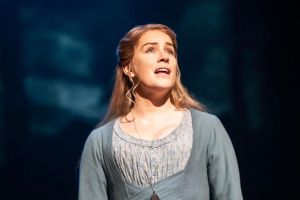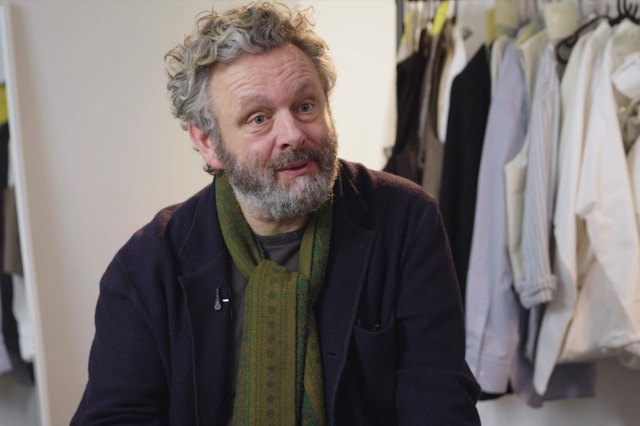Let's Talk About Sets: Louie Whitemore on Minotaur
The designer talks about the challenges in designing a new adaptation of the ancient Greek myth of the Minotaur for the Unicorn Theatre
The traditional story of the Minotaur tells us of a creature with the head of a bull and the body of a man or, as described by a Roman poem, a being that is ‘part man and part bull’. This new version by Adam Peck – which I was asked to design for the Unicorn Theatre – stays true to the heart of the original story but also talks about relationships between siblings and their parents, political warfare, dueling nations and the nature of growing up.
From a very early stage I felt we should keep the characters very realistic and relevant to our audience. We very much wanted Theseus to feel like he could be a member of the audience, as if the child watching the piece could be part of the action. It never felt like a ‘Greek Toga and laurel wreath’ kind of a show! The potential for audience interaction was the second thing that stood out about the piece, and this in turn demanded certain things from the design.
It being a Greek tale, I took influence from the earliest Greek theatre-makers. I wanted to create an abstract space that would evolve into the multiple locations without the need for scene changes. The text is also very quick flowing, which the design had to support, not work against.
It was for those reasons I began looking into the possibility of placing our audience in the round. However the Unicorn Western theatre presented a challenge, as it isn’t quite a round auditorium. It is in fact a culmination of three circles within the architecture of the building that really makes more of an egg shape. We had to dissect the space and ensure the onstage seating directly mirrored those seats in the permanent auditorium in order to achieve a true feeling of being in the round.
On top of the space itself the piece obviously throws up the question of what does the Minotaur look like. I was set the following challenge: He is hairy and dirty, blood has congealed and dried on his skin. He is like a caged animal, tormented and demented. He is clearly powerful and horrible to look at – children should recoil in fear.
Today’s audiences are bombarded by thousands of images daily – some good, some bad. Creating something realistic makes it more challenging to achieve the desired fear mongering effect. I felt very strongly that the head of the Minotaur should in fact reflect the abstract nature of the space. Its ability to scare would come from its ambiguity. What an audience member can conjure in their head, with their own imagination, would always be scarier than anything I could present to them.
Using Greek amphitheatres as our main visual influence we aimed to create our own modern, urban version that felt like an inviting, intriguing space for our audience to enter. With everyone’s hard work and contributions, hopefully we achieved just that.
— Louie Whitemore












